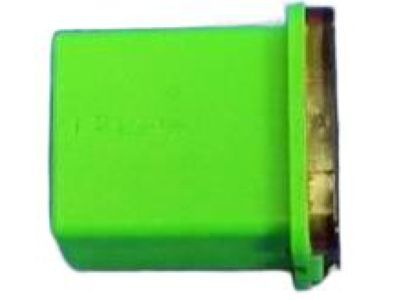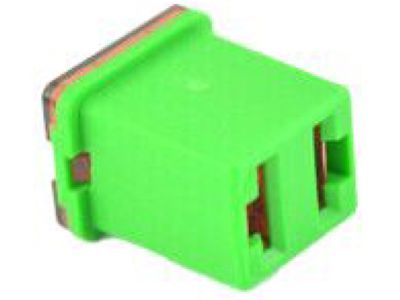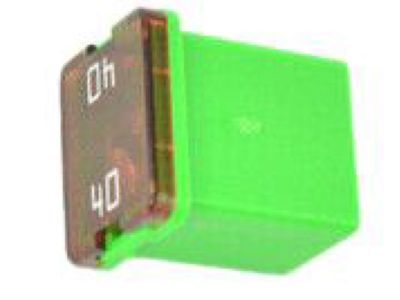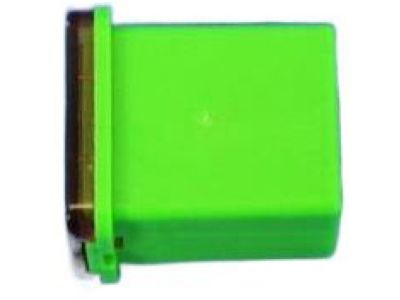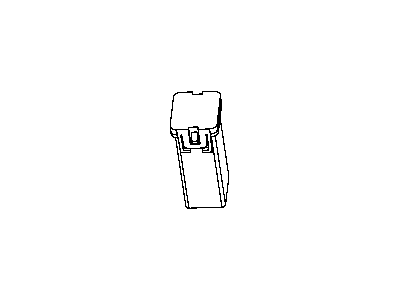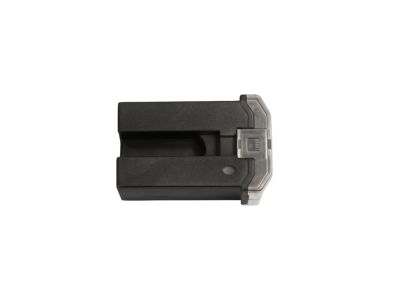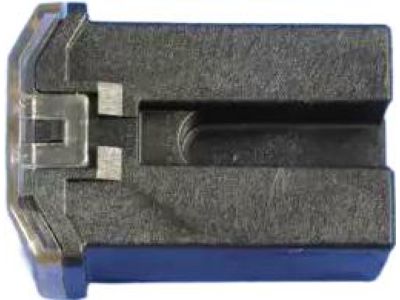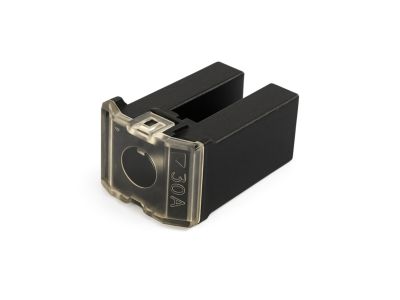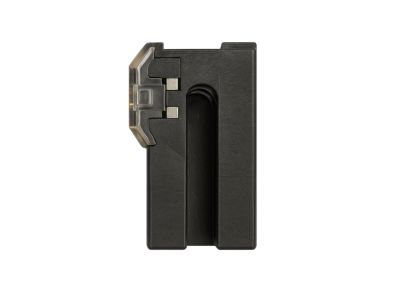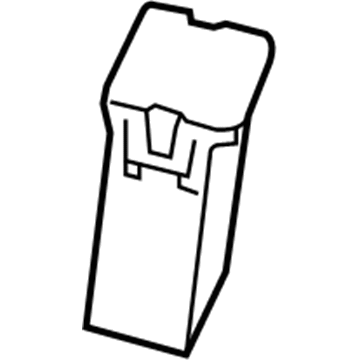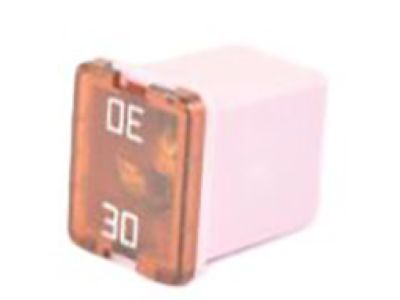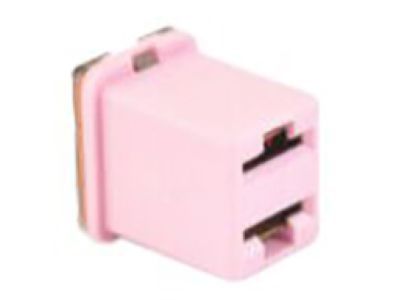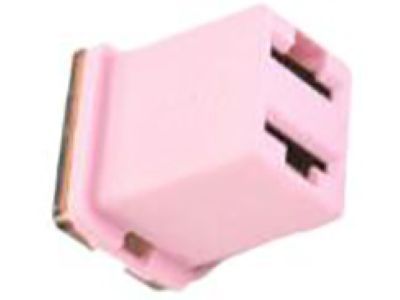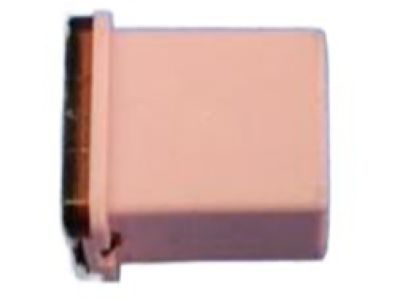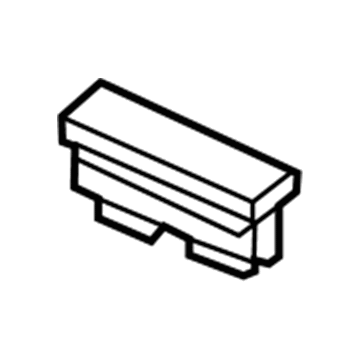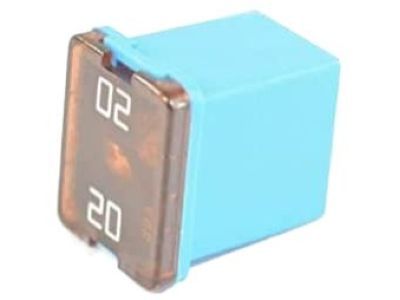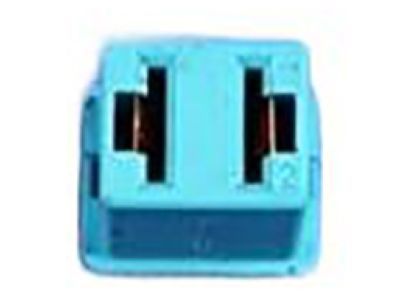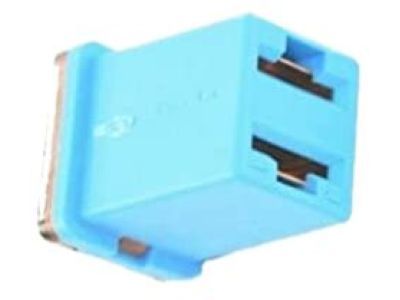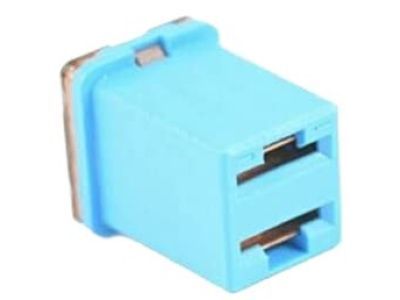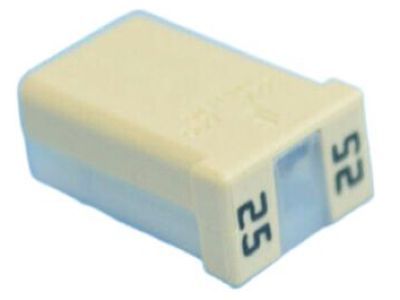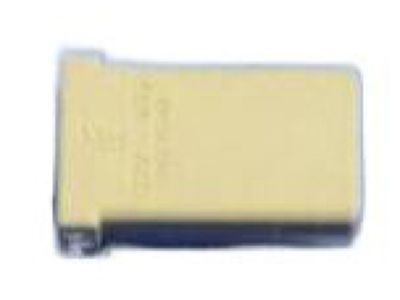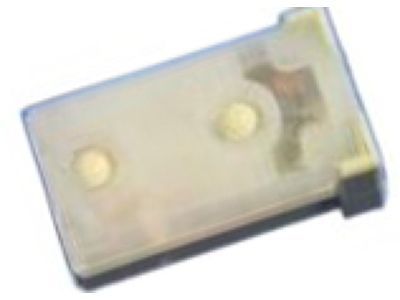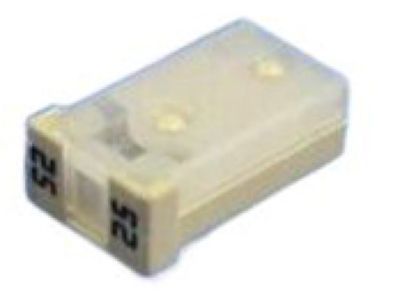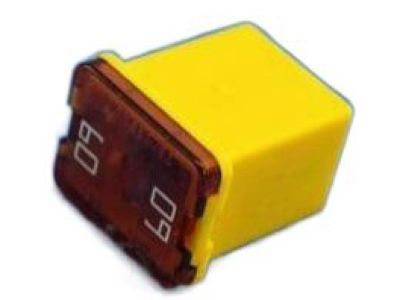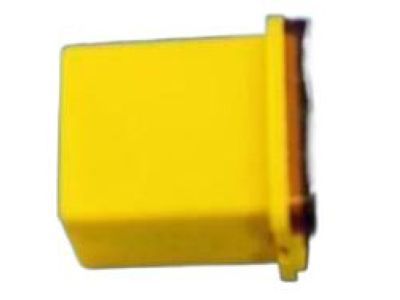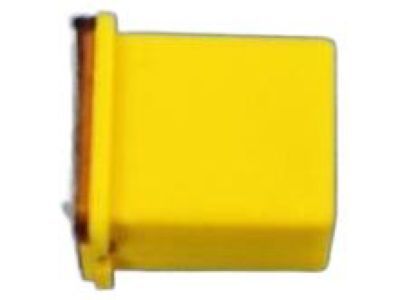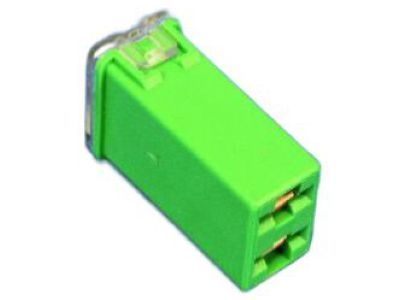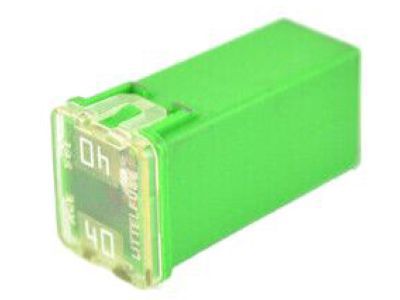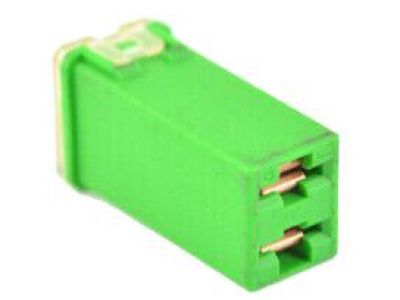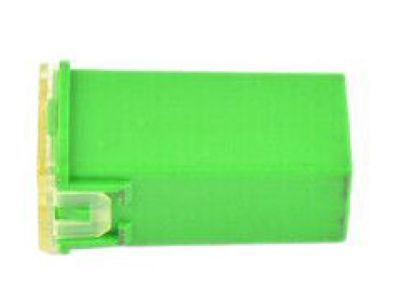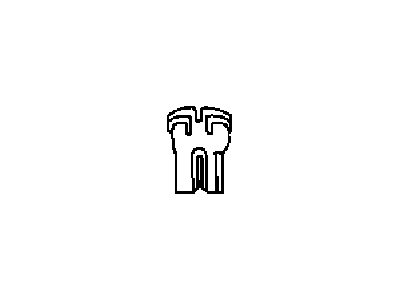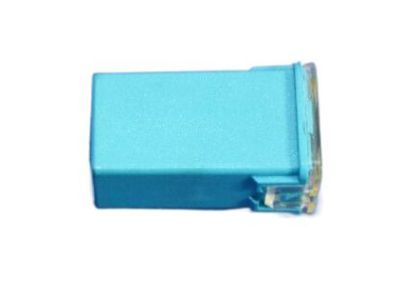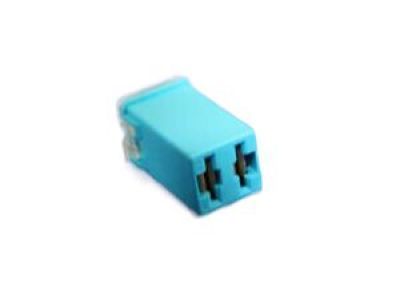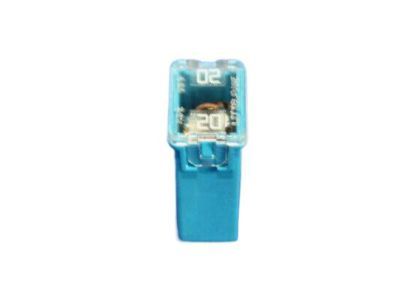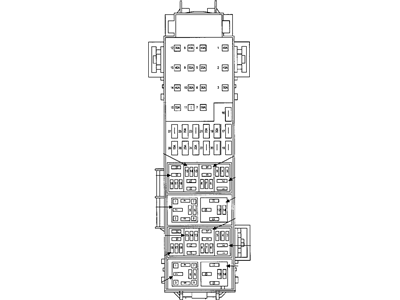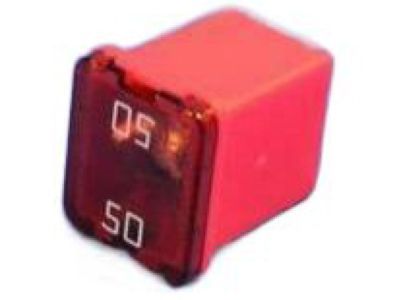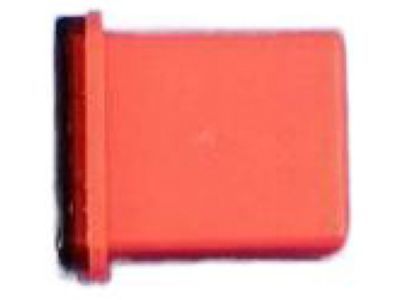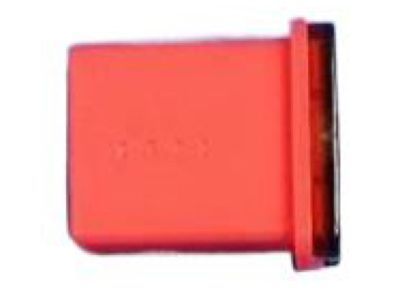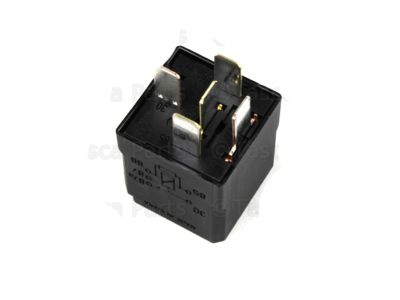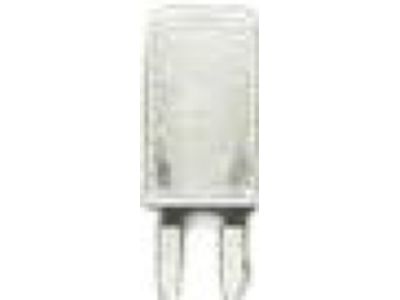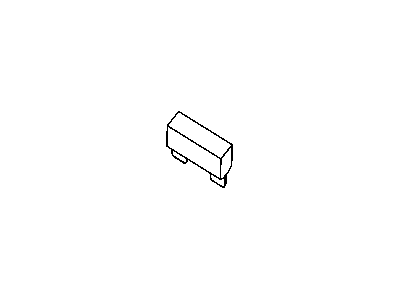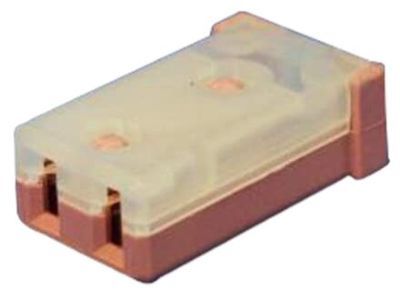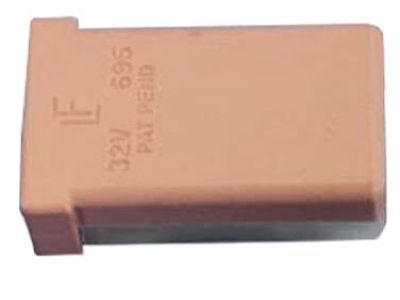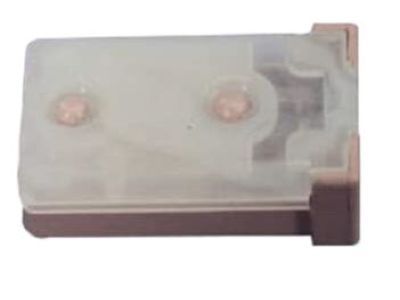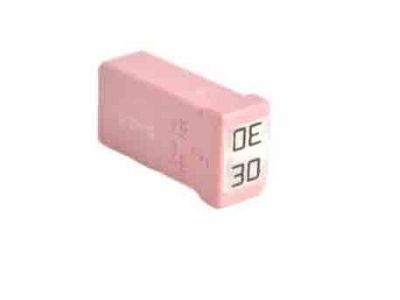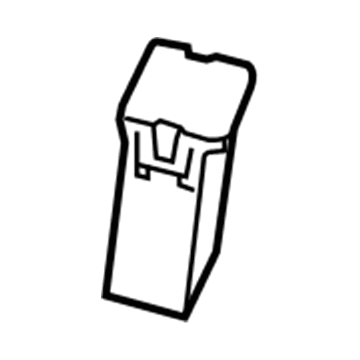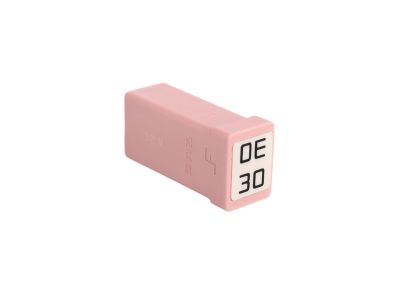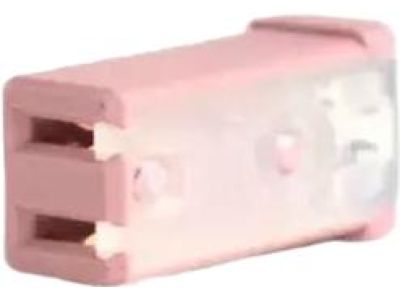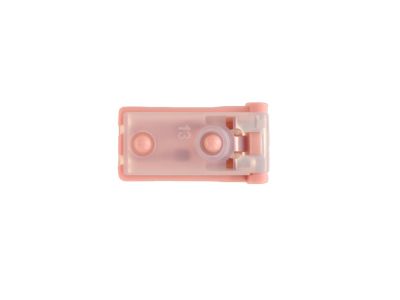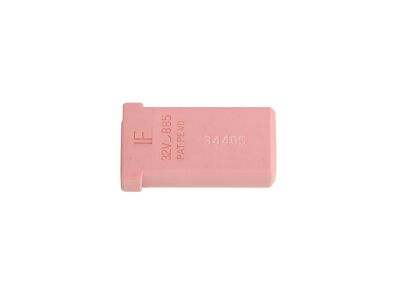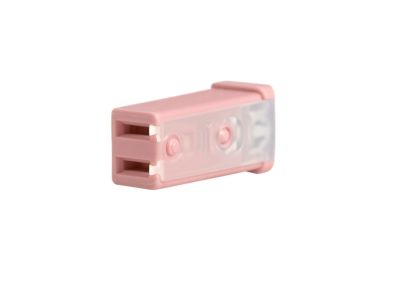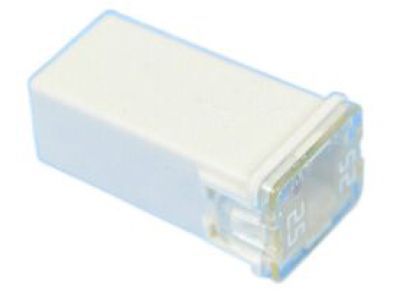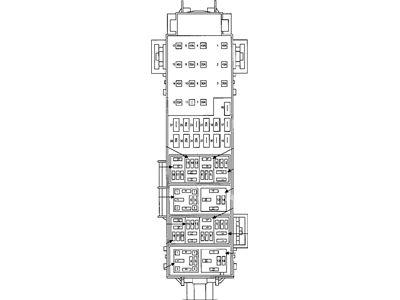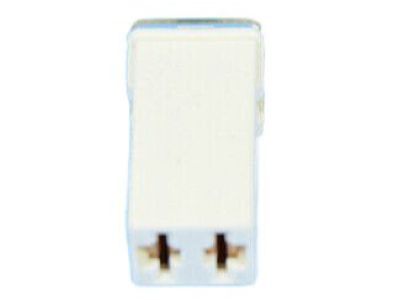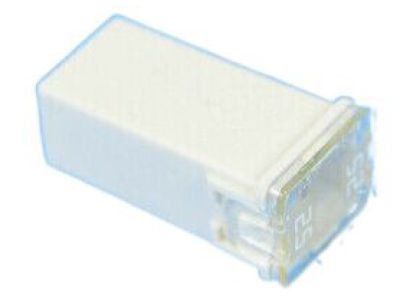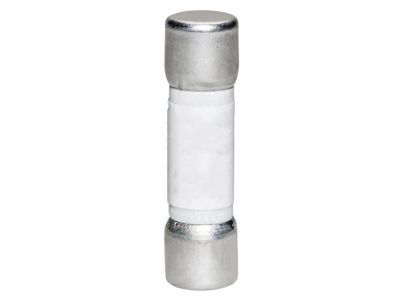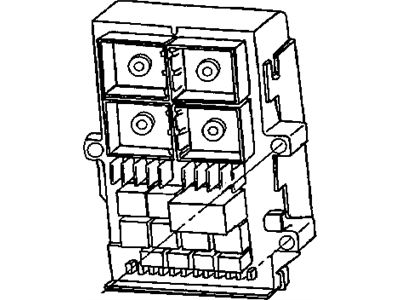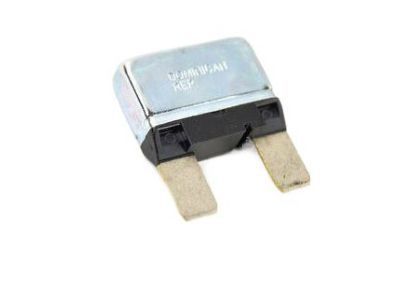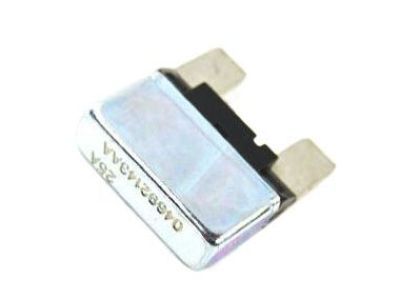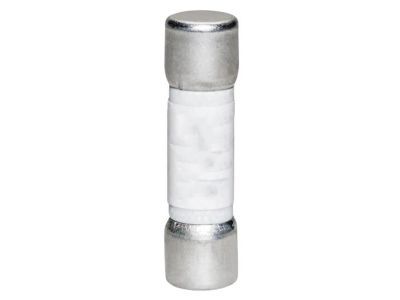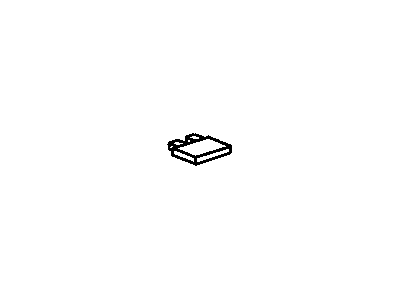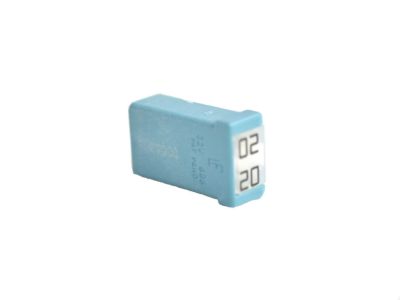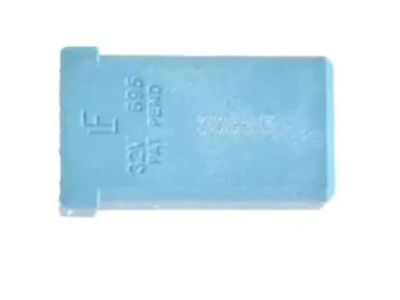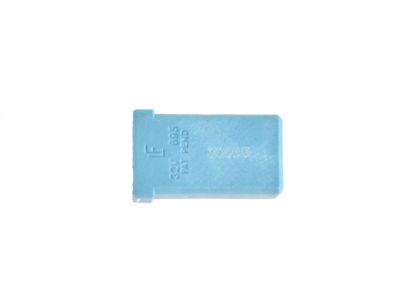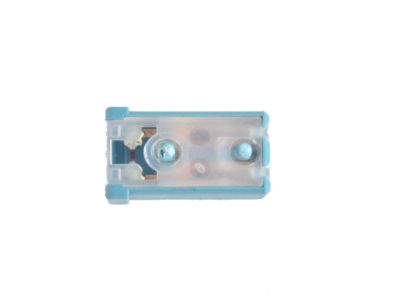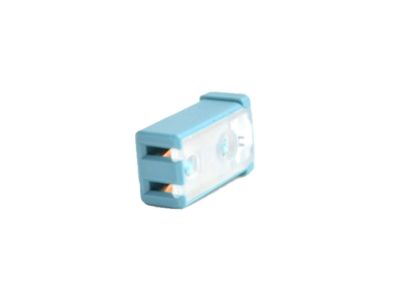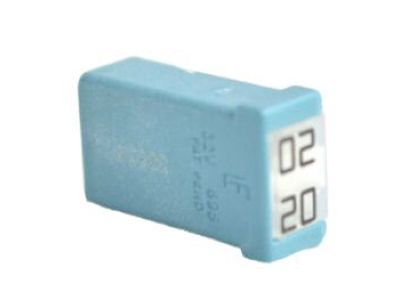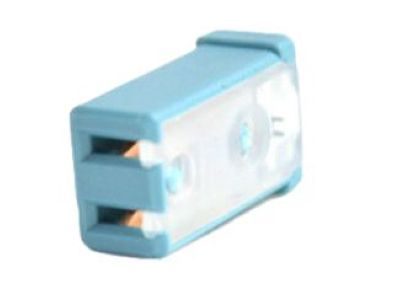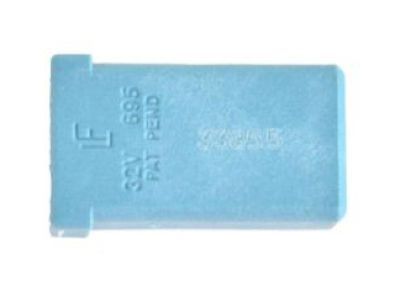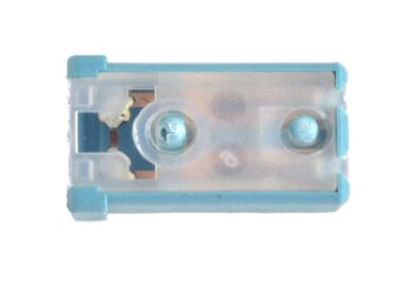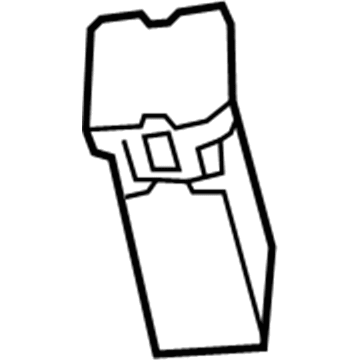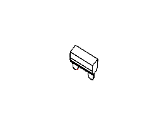
My Garage
My Account
Cart
Genuine Ram 3500 Fuse
Circuit Fuse- Select Vehicle by Model
- Select Vehicle by VIN
Select Vehicle by Model
orMake
Model
Year
Select Vehicle by VIN
For the most accurate results, select vehicle by your VIN (Vehicle Identification Number).
21 Fuses found
| Page 1 of 2 |Next >
1-20 of 21 Results
Ram 3500 Fuse
Looking for affordable and high-quality auto parts? Then you have already arrived at the proper online shop. We offer all Ram 3500 Fuse at great affordable prices. Moreover, all genuine Ram 3500 Fuse come with a manufacturer's warranty. In the long run, you would realize you have saved a lot of trouble and money with OEM parts from here.
Ram 3500 Fuse Parts Questions & Experts Answers
- Q: What is the role of fuses and circuit breakers electrical circuits, and how should blown fuses be handled on Ram 3500?A:The combination of fuses and circuit breakers provide protection to the electrical circuits of the vehicle. The fuse and relay box is placed at the front left corner within the engine compartment. While at a dealer parts department, one might hear "Integrated Power Module" or "Power Distribution Center, all these are just manufacturer's names for fuse and relay box. It has an individual fuse for each circuit that is assigned in the panel of fuses themselves. There are different sizes of fuses available with mini and maxi being used where larger ones are found within the fuse and relay box. Maxi-fuse can be pulled out using fingers while pliers or sometimes a small plastic tool provided in most fuse boxes is needed to take out mini-fuse. Always check a fuse first if any electrical component fails. A test light is best for checking fuses but you can also do it by looking at exposed terminal tips of every single one of them for power presence there as well as by testing for power side to side terminals on each individual blade terminal itself confirming that this way whether blown in case you note absence on one side only, or not blown when you see both sides present with power there; in addition , when visually examined, blown ones may appear cracked or blackened. Replace blown fuses with the correct type. Although physically interchangeable, fuses must have their proper rating numbers on them irrespective of their actual values since it would not be good practice replacing a fuse with another higher /lower value than specified by manufacturers'. Specific amount of protection should be provided to each electrical circuit separately. This information is printed on every single piece of this device called amperage rating which can be found molded into its plastic body.If this happens after replacing new one twice too soon then don't do it again until discovered reason behind failure is removed 90% related could either result from wire broken corroded causing wiring shorting somewhere along leading two wires together.
